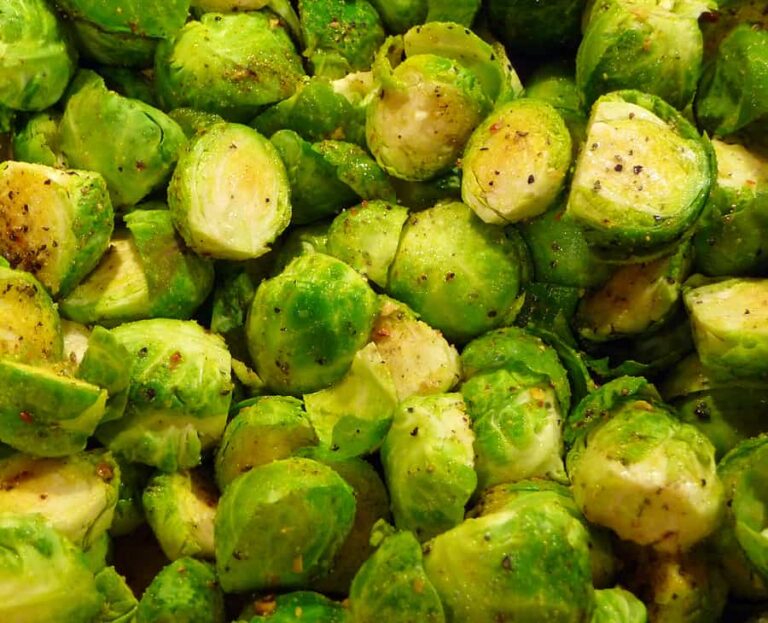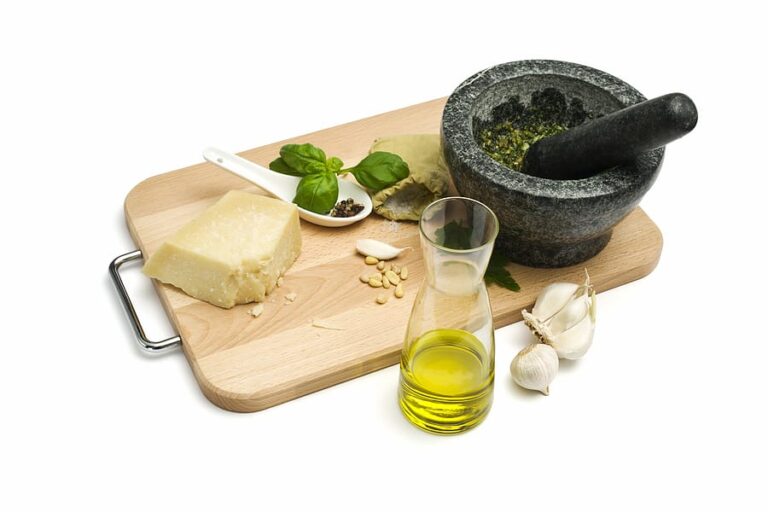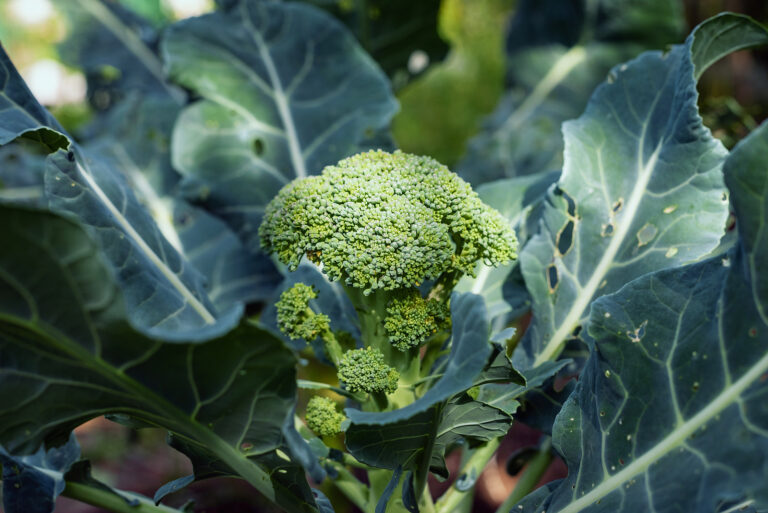When to Plant Artichokes in Your Garden: Cool-Season Timing for Every Climate
Artichokes grow best when they can establish during cool weather. Whether you garden in a mild coastal climate or a short-season inland region, timing is the key to producing large buds and vigorous plants. After decades of gardening in coastal and inland California—and advising gardeners in a wide range of climates—I’ve learned that successful artichoke timing hinges on two principles: give plants a cool start, and avoid extreme summer heat during establishment.
Below is a practical, experience-based guide to choosing the right planting window for your region.
Why Artichokes Need a Cool Start
Artichokes are native to the Mediterranean, where winters are cool and summers are mild. They grow best when they can put on strong vegetative growth before heat arrives. If planted too late—when soil and air temperatures rise—plants may struggle to root deeply and will produce fewer buds their first year.
In my Sonoma Valley garden, I’ve found that early planting noticeably increases the size and number of harvestable buds, even in warm years.
General Rule of Thumb: Plant in the Cool Season
Artichokes thrive when temperatures range between 55°F and 75°F. Aim to transplant or direct-plant during a season when daytime temperatures fall within that range for at least 6–8 weeks.
Cool-Season Planting Windows by Climate
1. Mild Winter / Mediterranean Climates (Zones 8–10)
Examples: coastal California, parts of Oregon, the Gulf Coast.
- Best time: Late fall through early spring
- Why: Winters are mild enough for plants to overwinter and build robust roots
- Tips:
- Transplant in October–February.
- Provide light frost protection for young plants.
- Expect an early spring harvest and a second flush in fall.
In my own garden, fall-planted artichokes are always the most productive and require the least care.
2. Cold Winter Climates (Zones 6–7)
Examples: interior Northwest, mid-Atlantic, northern plains.
- Best time: Early spring once the soil can be worked
- Why: Freezing winters are too harsh for young transplants
- Tips:
- Start indoors 8–10 weeks before the last frost.
- Harden off plants well.
- Set transplants outdoors 1–2 weeks after the last frost.
- Use row covers during late cold snaps.
Artichokes are grown as annuals in many of these regions, but with a well-timed start, you can still enjoy large buds.
3. Short-Season / Cold Summer Climates (Zones 3–5)
Examples: mountain regions, northern Midwest.
- Best time: As early as possible in spring
- Why: Summers are cool enough for growth, but the season is short
- Tips:
- Start seeds indoors 10–12 weeks before last frost.
- Transplant outdoors immediately after frost danger passes.
- Mulch heavily to conserve soil moisture.
- Choose early-maturing varieties like ‘Green Globe Improved’ or ‘Imperial Star’.
Gardeners in these climates often vernalize seedlings (expose them to cool temps for 10–14 days) to trigger reliable bud production.
4. Hot Summer Climates (Zones 9–11 Inland)
Examples: inland valleys, deserts, southeastern states.
- Best time: Late winter to very early spring
- Why: Plants must establish before intense summer heat arrives
- Tips:
- Plant in January–March, depending on region.
- Provide afternoon shade during early heat waves.
- Mulch deeply to keep roots cool.
In very hot areas, afternoon shade netting can make a remarkable difference in establishment.
How to Know You’re Planting at the Right Time
Your planting window is right when:
- Nights are cool (40–55°F)
- Days are mild (55–75°F)
- Soil is workable and not water-clogged
- You can give the plant at least 6–8 weeks of mild weather for establishment
If you’re unsure, earlier is almost always better—especially where spring warms up quickly.
Final Thoughts
Artichoke success begins with choosing a cool-season planting window that fits your climate. Start early, protect seedlings when needed, and give plants time to root deeply before heat arrives. When you get the timing right, artichokes quickly become one of the most rewarding and dramatic crops in the garden—beautiful, productive, and surprisingly adaptable.
Artichoke Learning Hub
Start here: How to Plant and Grow Artichokes: A Complete Guide – Full overview combining planting, care, and tips.
1. Planning and Varieties
- Best Artichoke Varieties for Home Gardeners – Choose the right variety for your climate and garden space.
- The Best Growing Conditions for Artichokes: Climate, Soil, and Sun Requirements – Understand the ideal environment for strong growth.
- The Best Companion Plants for Artichokes – Maximize productivity and garden health through smart plant pairings.
2. Starting Artichokes
- How to Start Artichokes From Seed: Indoor Sowing, Transplanting, and Timing – Begin your artichokes indoors for an early start.
- How to Plant Artichokes the Right Way: Soil Prep, Spacing, and Transplant Tips – Ensure proper planting for vigorous growth.
- When to Plant Artichokes in Your Garden: Cool-Season Timing for Every Climate – Align planting with seasonal windows.
- Artichoke Planting Calendar: Month-by-Month Guide – Reference for planting, care, and expected harvest times.
3. Care and Maintenance
- How to Water and Fertilize Artichokes for Big, Tender Buds – Ensure strong growth and large, flavorful buds.
- Artichoke Care Throughout the Season: Pruning, Mulching, and Overwintering Tips – Seasonal care strategies for healthy plants.
- How to Overwinter Artichokes for Bigger Harvests Next Year – Protect crowns for larger next-season yields.
- How to Grow Artichokes in Containers: Soil Mix, Pot Size, and Seasonal Care – For gardeners with limited space.
- Artichokes Growing Problems: Troubleshooting – Identify and solve common issues for healthier plants.
4. Harvesting, Storing, and Cooking
- How to Harvest and Store Artichokes – Timing and methods for picking tender buds.
- How to Store and Preserve Artichokes: Refrigeration, Freezing – Extend freshness and flavor post-harvest.
- How to Cook and Serve Artichokes – Turn your harvest into delicious dishes.





